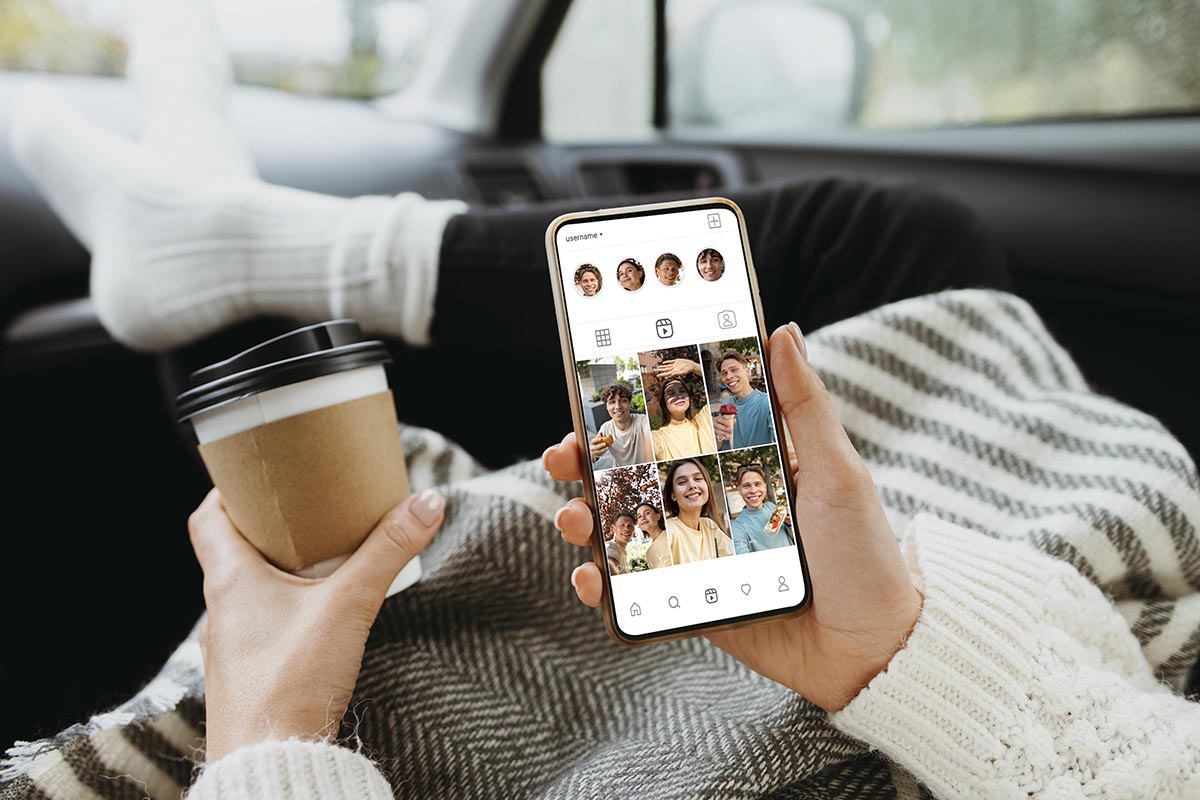Why “Helpful Content” Feels So Confusing: A Practical Guide for 2026
Key Takeaways
You have 2 seconds to hook your reader — lead with empathy, clarity, and genuinely helpful content
Keyword intent is your strategy guide — it shows you how familiar your reader is and what they need next.
Helpful content solves real problems — segment by searcher experience level and skip the fluff.
Every time Google rolls out a new update or mentions “helpful content,” you’ll find content creators, SEOs, and marketers scrambling.
People reread the same guidelines, watch every new SEO video, and still end up asking, What does ‘helpful content’ even mean to Google?
You tweak your headlines, rewrite intros, strip out fluff — and somehow, traffic still drops. Engagement still lags. It’s frustrating.
You’re not alone. We’ve been experimenting, too. And one thing we’ve learned? “Helpful” is more than a buzzword.
It’s a shift in how Google understands intent, connection, and usefulness.
Experts like Matt Diggity suggest we stop trying to outsmart Google’s rules and start focusing on serving the searcher better.
He’s right — instead of writing for bots, write for real people who are tired of wasting time on vague answers and generic content.
In this article, we’ll unpack what “helpful content” really means in 2025 and how you can use keyword intent, structure, and empathy to create content that actually works — for readers and for rankings.
We’ll also look at:
- How keyword familiarity shapes content depth;
- How to write for beginner vs. expert searchers;
- Why leading with pain points makes content feel instantly relevant.
Let’s get into it.
We Have 2 Seconds — That’s All You Get
People don’t read like they used to. Attention spans are short and getting shorter.
According to Microsoft, the average human attention span dropped from 12 seconds in 2000 to about 7–8 seconds by 2023 — and that number keeps shrinking, especially on mobile and social media.
In 2025, you realistically have 2 seconds to hook someone before they scroll away.
If you’re not speaking directly to what they need — or how they feel — they’re gone.
This means your content has to be:
Visually clear;
Emotionally relevant;
Instantly useful.
The Real Meaning of “Helpful Content”
Google’s not asking us to reinvent the wheel. They’re asking us to stop wasting the reader’s time.
Helpful content:
Answers the actual question someone is asking;
Meets the reader at their current level of understanding;
Feels like it was written for them, not for rankings.
It means thinking more like a human, less like a content mill.
Keywords Reveal the User’s State of Mind
Think of keywords as clues — not just about what people are searching for, but why they’re searching and how much they already know.
✅Beginner-Level Keywords
“how do you cover holes in the wall”
“how to fill nail holes in wall”
These users are still figuring things out. They need visuals, step-by-step guidance, tool lists, and reassurance.
They’re looking for clarity and simplicity.
✅ Intermediate/Advanced Keywords
“how to fix a sheetrock crack”
“how to fix cracks in drywall”
These users know the terms, they know what they’re doing — and they want direct, actionable information.
Skip the definitions. Get to the solution.
This is where keyword segmentation becomes your best friend.
The more accurately you understand search intent, the more precise your content can be — and the more helpful it becomes.
Pain Points First, Solutions Second
We all skim. So if your opening lines don’t say, “Hey, I get what you’re dealing with,” your reader bounces.
Start by naming the pain:
“You’re on your third article and still no clear fix.”
“You’ve patched this wall three times and it keeps cracking.”
Then — and only then — walk them to the solution. This isn’t just copywriting. It’s connection.
AI Can Support, But Humans Still Lead
AI tools like ChatGPT and Gemini are fantastic for speed and structure.
They can help analyze keyword familiarity or map content ideas. But they can’t feel.
Use AI to:
Identify gaps;
Group keywords by intent;
Generate outlines and quick summaries.
Then step in as a human to:
Remove fluff.
Connect the dots with experience.
Helpful content isn’t just accurate. It’s emotionally intelligent.
Build Your Strategy Around Keyword Intent
Let’s say you pull keywords from Search Console or a tool like Semrush. Don’t just sort them by volume. Sort them by:
Beginner, Intermediate, Advanced;
Problem-aware vs. solution-aware;
Transactional vs. informational.
Then plan your content like this:
Beginners → 101-style guides, explainers, visuals;
Intermediates → How-to walkthroughs, tool comparisons;
Experts → Quick-fix instructions, pro tips, case studies.
You don’t need to write one giant post for everyone. Write specific pieces that feel laser-focused to make truly helpful content.
SEO in 2025: Clarity, Not Clickbait
Google isn’t just ranking content based on keywords anymore — it’s evaluating how helpful your content actually is to the person searching.
In 2025, the algorithm favors clarity, structure, and usefulness. That means it’s rewarding:
Content that answers real questions directly;
Pages that align with what users actually expect to find;
Sites that are easy to scan, navigate, and understand.
If your content is filled with fluff, buried in long intros, or overloaded with irrelevant keywords — it won’t survive.
Google’s algorithm now prioritizes helpful content that gives people what they need without making them dig for it.
Take this example: I worked with a service-based business whose blog post was targeting “how to choose a financial advisor.”
It had 2,000 words but buried the actual advice under 10 paragraphs of general information.
After we restructured it to lead with clear, step-by-step tips — and cut the filler — traffic jumped 68% in two months.
✅Helpful content isn’t about writing more — it’s about being intentional.
Helpful content isn’t about writing more — it’s about being intentional.
That means every section, sentence, and subheading should serve a purpose.
For example, if someone searches “how to prepare for a brand photoshoot,” they don’t want a history of photography or your personal journey as a photographer — they want clear, immediate guidance they can act on.
An intentional article would skip the fluff and start like this:
Here’s how to prepare for a brand photoshoot: choose 2–3 outfits that reflect your brand colors, bring props that represent what you do (like a laptop, notebook, or tools of your trade), and avoid last-minute hair or makeup changes.
Then it would go deeper into:
What types of shots to expect;
How to communicate your brand vibe to the photographer;
Common mistakes (like wearing busy patterns or forgetting to clean your workspace)
Every word supports the reader’s goal: feeling confident and ready for the shoot.
That’s what being intentional means — not just filling space, but guiding someone from uncertainty to clarity.
When people feel understood and get the answers fast, they stay, they trust, and they convert.
Final Thoughts: What Changed When I Started Writing for Real People
For a long time, I approached content like a checklist — keywords, structure, call to action, done.
But something always felt off. Engagement wasn’t there. People weren’t connecting.
That’s when I realized I needed to go deeper — not just into the keywords, but into why people were searching those terms in the first place.
I started asking real questions, reading actual threads, talking to real users.
I paid more attention to the emotions behind the queries — confusion, urgency, frustration.
I shifted my focus to deeper keyword research — not just for traffic, but to understand what my readers are truly going through.
I started using reverse engineering to break down what content actually works and why.
And the biggest change? I stopped trying to sound impressive and started trying to sound clear.
In reality, people don’t click on content because it looks fancy — they click on what speaks directly to what they’re struggling with.
What touches a nerve, makes them feel seen, and gives them relief. Fast.
And that is what Google means by helpful content, as i think.
When something feels easy to follow and you see results right away, that’s when content earns trust — and that’s when it works.
If you’re building a content strategy and want to create content that truly connects, I’m here. Let’s figure it out together.




















